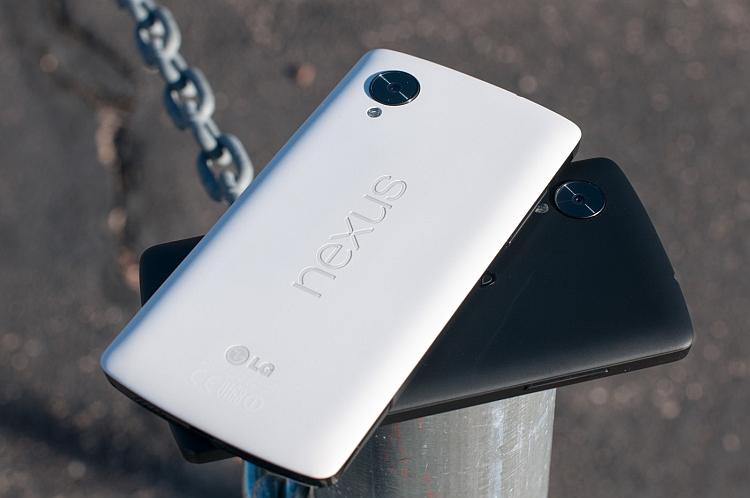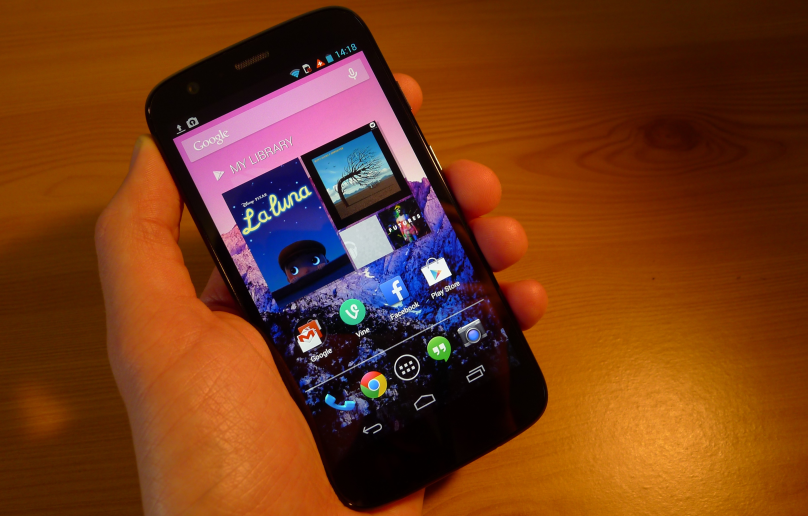
All year, every year, most of us sit here and tap our feet waiting for the latest flagship to hit the shelves. We jump at prospective specs and features that surface in leaks and rumors, and we pass the time by dreaming up our own personal visions of what the flagships will look like. However, along with the flagship specs also comes the flagship price, which is something that not everybody has the luxury of truly looking forward to. There is another, more overlooked side of the mobile market that is often overshadowed by the importance of flagships and their releases. That quieter side of the market is the side that features the budget smartphone.
Smartphones on a budget have, for the most part, been somewhat of a taboo subject. Particularly in the case of Android, which released smartphones on both high and low ends of the spectrum, the lower-end was fairly well-known for featuring laggy, glitchy devices that made you want to throw your phone against the wall. BlackBerry and Apple never really had a good "low-end" selection of smartphones, and while Windows Phone did offer some budget phones of their own, they were limited by which carriers could actually find them for budget prices. For the most part, if you wanted a budget smartphone Android would have been your best bet just about anywhere.
But as the years go by I've noticed and increase in number of budget smartphones; not only that, but I've also noticed an increase in quality as well. As I come across more and more options for budget smartphones with decent specs, I realized that there are still probably people out there who consider budget smartphones taboo. For that reason, I've decided to come up with a list of some of my favorite budget smartphone findings recently - which I believe are actual good phones with actual budget pricing.

I'm going to start with the phone that has the lowest price at the moment, and that's the Nokia Lumia 520 and 521. The Lumia 520 is available on AT&T, while the 521 is available for T-Mobile. While Windows Phone might not be the most popular platform at the moment, it appears to me that their phones, particularly the Lumia, is moving to the front line for budget smartphones. Although at first glance these two Lumias may look like they have abysmal specs (512GB RAM, no 4G, 5-megapixel camera), it's no secret that Windows Phone can run pretty smoothly without the need for super high-end specs. Microsoft's Windows Phone also has a bonus retro feature that many phones don't feature anymore, and that's a dedicated physical camera key. These particular Lumia models also have a microSD card slot for additional memory space, which can support up to 64GB of additional memory on top of the 8GB of internal memory included with the device.
Why mention these phones? Because right now the Microsoft Store is selling these phones full price for $59.99 (Lumia 520) and $69.99 (Lumia 521). For a platform that doesn't need high specs to run well to begin with, this is a fantastic deal for picking up a backup smartphone, a budget smartphone that serves as more than a paperweight, or even a good first smartphone for teens.

The next smartphone is one that's actually been generating a lot of interest across multiple tech websites over the past few months now, and that's Motorola's Moto G. This budget Android device will only run you $179 for a full Android experience. While the price might have you raise an eyebrow on whether it's worth the price or not, for an Android device it's one of the first phones that most tech bloggers agree is worth every penny. The size of the device is directly in-between your typical Android flagship size in 2013, 5-inches, and the iPhone's new screen size, 4-inches, as the Moto G sits at a comfortable 4.5-inches. The display is also pretty good at 326ppi. You have a quad-core 1.2GHz Snapdragon 400 processor, and while the device runs on Android 4.3 now, it will be upgradable to KitKat sometime in the future. You also have a 5-megapixel rear-facing camera, or a 1.3-megapixel front-facing camera for selfies and video chatting.

A newer, lesser-known company by the name of BLU Products has caught our interest here at PhoneDog more than once. A smaller company based in Miami, BLU Products has been continually wowing us with their growing selection of fairly priced Android smartphones. Breaking from the mold of larger Android manufacturers like Samsung, LG, HTC, etc., BLU Products does a good job of holding up their own. I didn't specifically choose one phone because they have such a broad range of phones, all at a "budget" price, compartively speaking. Even their newest flagship phone, the BLU Life Pure, costs less than a Nexus 5. However, it would be unfair not to consider their other lower-end devices, which I also happen to like very much. All in all, if you're looking for a good budget smartphone in the US I would highly recommend checking out BLU Products before making a final decision.

It wouldn't be a complete "good budget smartphone" list if I didn't include the latest Nexus device, which not only has flagship specs but also comes as a fair price point starting at $349. Although the Nexus 5 is a little higher priced than the others I've mentioned on this list, it's still technically a cheaper smartphone than you would be able to find (full price, that is) from other manufacturers offering devices with similar specs. While I was more impressed with the price/specs of the Nexus 4, you'll have to do a bit of digging before you can find a new Nexus 4 at the same price that it debuted at ($299). Regardless, the Nexus 5 is still a great smartphone. It's also one of the few budget smartphones that feature 4G LTE, which most budget phones choose to omit in order to lower the price (but was one of the most desired features that wasn't included in the Nexus 4). For what it's worth, the Nexus 5 might be a little higher priced than what most people would consider a "budget" smartphone, but the savings one can accumulate by not having to sign a 2-year contract with the purchase of this device might just be savings enough to splurge on the higher-end specs it has to offer.
2013 was a great year for budget smartphones, and if the positive attitude towards smartphones with budget prices continue the trend as they have been, I imagine the years ahead will produce even better fruit.
Readers, what are your favorite budget smartphones? Given the recent interest manufacturers have at producing the best smartphone for the lowest price, have you considered any of these budget smartphones for your own personal use? Let us know your thoughts in the comments below!
Images via TheNextWeb, BLU Products, Microsoft, AnandTech